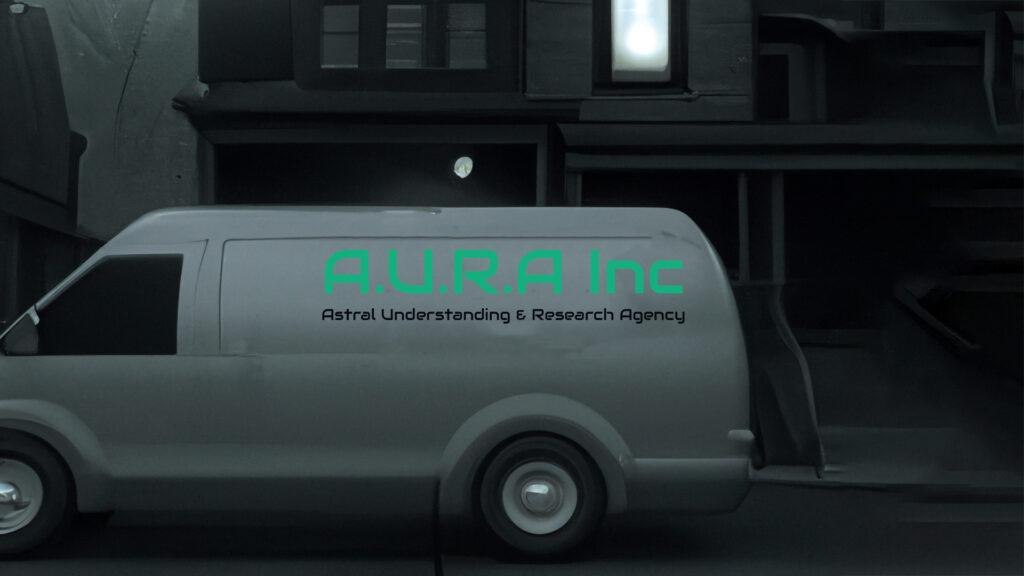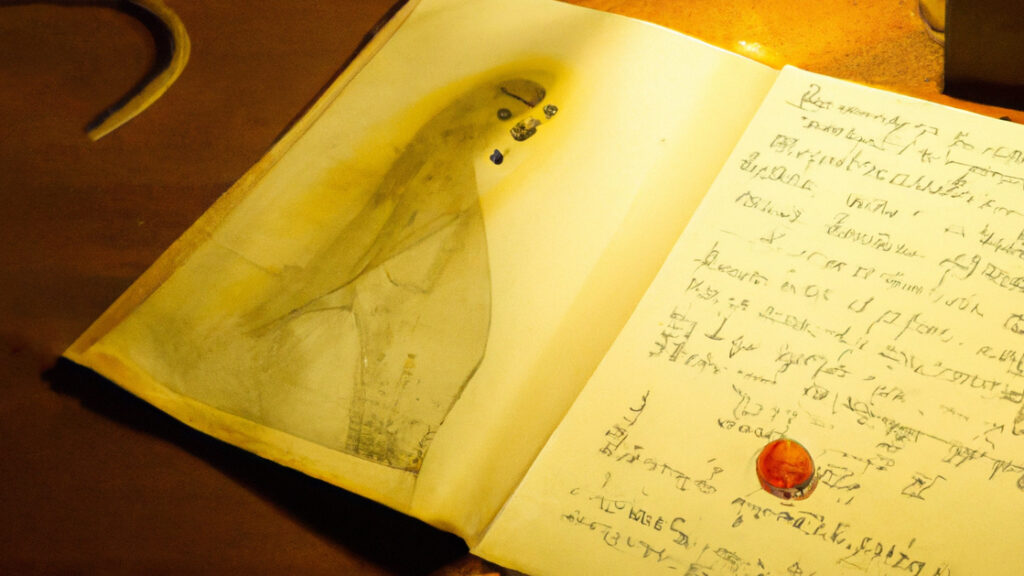AURA Inc. has been a concept brewing in my mind for several months now. It’s a reflection of my love for investigation and my love for cooperative board games.
The core of AURA Inc., or the Astral Understanding & Research Agency, Incorporated for the long-winded, isn’t about the Hollywood-esque bravado of storming into haunted mansions, guns (or proton packs) blazing. Instead, I’ve imagined a team of researchers with a more thoughtful, meticulous approach. Think of it as a difference between a bull in a china shop and a group of archaeologists unearthing fragile relics.

Players, in this vision of mine, step into a setting where they become integral members of this unique organization. Their task? To safely and respectfully remove a ghost from a haunted location. But it’s not as simple as “find and remove”. They have to first identify the ghost type and unearth the object binding it to our plane of existence all while the ghost becomes more active, more agitated, and more likely to start hunting them down.
Now, the framework of investigating and gathering evidence isn’t a brainchild of my own. It’s a nod to those heart-pounding ghost hunting video games that I’ve been drawn to over the years, and to some extent, an echo of mechanics from other board games. I picture players starting their journey armed with an array of investigative tools, ready to delve into a house saturated with mysteries. Each ghost, has its own signature – a distinct trail or a combination of clues that hint at its identity.
The gameplay isn’t always about chasing clues. Some turns might immerse players in a haunting quiet, others might be charged with the tension of flickering lights or chilling, distant whispers. These atmospheric changes hint at the ghost’s presence, nudging players toward or away from potential clues or dangers.
Time and sanity are commodities in AURA Inc. Players can’t meander; the longer they stay, the more their sanity dwindles and the ghost grows bolder, initiating hunts that players must evade or counteract.
In the culmination of the game, once players have pieced together their evidence and deduced the ghost’s identity along with its anchoring cursed item, they embark on the crucial phase of banishing. The method varies based on the ghost and its attachment. It could range from using crucifixes to sprinkling holy water, each tailored to the specific entity they’ve uncovered.
But the stakes are high. If the players’ conclusions are incorrect when the ghost card is revealed, they face the wrath of a misidentified entity, transforming the endgame into a thrilling, tense climax.

The core appeal of AURA Inc., as I imagine it, lies in its dynamic nature. Randomized elements ensure each game offers a unique challenge. Players begin with the knowledge of a haunting, but the specifics – the ghost’s identity, its cursed item, and its chosen lair – remain veiled until the clues come together.
AURA Inc. isn’t just another game concept. It’s an exploration of the delicate balance between strategy, atmosphere, and storytelling. Through this design, I hope to immerse players in an engaging, cooperative experience that challenges their wits and nerves.